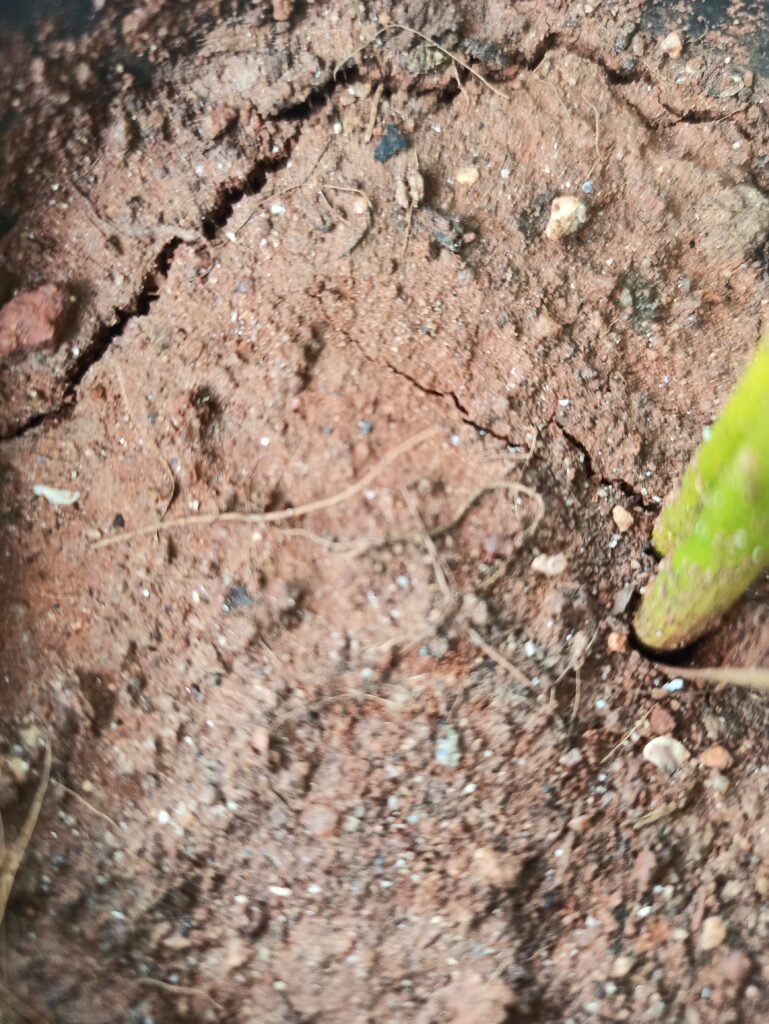Corner Flower Bed Ideas
A garden is always a work in progress; you may feel like you’ve finished it one day, only to find yourself making changes the next. Whether you want something modern or vintage-inspired, there are so many options for your outdoor space. One way to give your garden an instant makeover is by adding corner flower beds. Corner flower beds can add color and life to any garden, no matter its size or style. If you’re looking for inspiration on where to start with your own corner flower bed, check out these 10 stunning ideas! From raised beds to unique plant arrangements, we’re sure that you’ll find something to transform your garden.
If you’re looking for ways to add a little more personality and pizzazz to your garden, then look no further than corner flower beds! Corner flower beds are a great way to make use of otherwise unused space in your garden, and they can really help to brighten up the overall look of your outdoor space.

There are plenty of different ways that you can go about creating a corner flower bed, so it’s really down to personal preference as to which style you go for. If you’re not sure where to start, then why not take a look at some of these stunning corner flower bed ideas that are sure to transform your garden!
- Go for bold and bright colors: One way to really make your corner flower bed stand out is by going for bold and bright colors. Think about what colors will complement your existing garden scheme and go from there!
- Mix up different plant varieties: Another great way to add interest to your corner flower bed is by mixing up different plant varieties. Try combining annuals and perennials, or choose plants with different textures and leaf shapes for extra interest.
- Add some height: If you want your corner flower bed to really stand out, then consider adding some height with taller plants or even incorporating a small water feature. This will help draw the eye upwards and really make a statement!
- Use stone or brick edging: For a neat and tidy finish, edge your corner flower bed with
How to Choose the Right Flowers for Your Corner Flower Bed
If you’re looking to add some color and life to your garden, a corner flower bed is a great option. But with so many different types of flowers out there, how do you choose the right ones for your space? Here are a few tips:
Consider the climate: Different flowers thrive in different climates, so it’s important to choose varieties that will do well in your area. If you’re not sure, ask your local nursery or gardening center for advice.
Think about height: You’ll want to choose a mix of tall and short flowers to create visual interest in your corner flower bed. Taller varieties can help fill in empty spaces, while shorter ones can provide color at the front of the bed.
Choose complementary colors: When picking out your flowers, think about which colors will look best together. You don’t have to match everything perfectly, but choosing complementary shades will help create a cohesive look for your garden.
With these tips in mind, you’re sure to find the perfect flowers for your corner flower bed!
How to Plant and Care for Your Corner Flower Bed
To achieve a stunning corner flower bed, start with clean lines and plant low-growing flowers and foliage in odd numbers. When it comes to watering, be sure to give your plants enough water so that the soil is moist, but not soggy. In terms of fertilizing, it’s important to use a fertilizer that is high in phosphorus to encourage blooming. Lastly, when it comes to deadheading, or removing spent flowers, do so regularly to promote continued growth.
10 Stunning Corner Flower Bed Ideas
Forget about those straight, boring flower beds that line your property. It’s time to get creative with your garden design by incorporating a stunning corner flower bed into your landscape. Not only will this add interest and appeal to your home, but it’s a great way to maximize space in a small garden.
When it comes to cornering flower bed ideas, there are endless possibilities. You can go for a traditional look with symmetrical planting, or get more creative with an asymmetrical design. Consider adding a focal point in the center of your bed, such as a statue or water fountain. Or, fill the space with low-growing ground cover and accent plants to create a serene and tranquil space.
No matter what style you choose, be sure to select plants that are appropriate for the growing conditions in your garden. Sun-loving annuals and perennials are a great option for brightening up a corner spot, while shade-tolerant plants are ideal for creating a cool and relaxing oasis. Once you’ve got your plants picked out, it’s time to start planting!
Corner flower beds are a beautiful way to bring life and color into your garden. With these 10 stunning flower bed ideas, you can transform any corner of your garden into a vibrant, inviting place for friends and family to gather. Whether you choose traditional plant arrangements or something more modern like succulents, your corner flower bed will surely be an eye-catching addition to your outdoor space. So go ahead and get creative; after all, there’s no limit to what kind of beauty you can create in your own backyard!
Best Nutritional Diet For Your Pet Birds 2023










